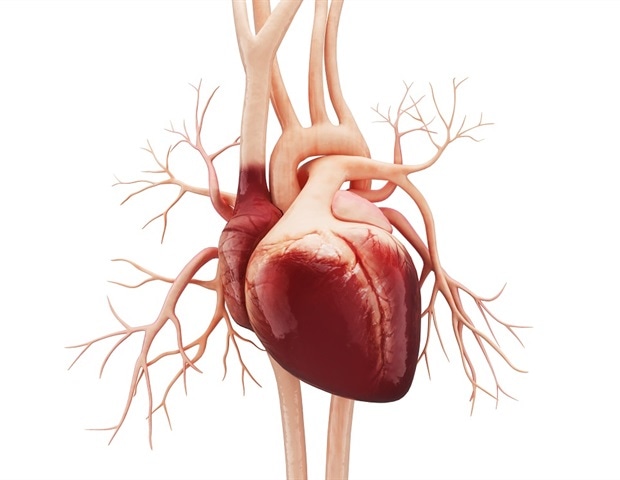Mothers living near more intense oil and gas development activity have a 40-70% higher chance of having children with congenital heart defects (CHDs) compared to those living in areas of less intense activity, according to a new study from researchers at the Colorado School of Public Health.
We observed more children were being born with a congenital heart defect in areas with the highest intensity of oil and gas well activity.”
Study’s senior author Lisa McKenzie, PhD, MPH, of the Colorado School of Public Health at the University of Colorado Anschutz Medical Campus
At least 17 million people in the U.S. and 6% of Colorado’s population live within one mile of an active oil and gas well site.
The study was published today in the peer-reviewed journal Environment International.
The researchers studied 3,324 infants born in Colorado from 2005-2011. They looked at infants with several specific types of CHDs.
Researchers estimated the monthly intensity oil and gas well activity at mother’s residence from three months prior to conception through the second month of pregnancy. This intensity measure accounted for the phase of development (drilling, well completion, or production), size of well sites, and production volumes.
They found mothers living in areas with the most intense levels of oil and gas well activity were about 40-70% more likely to have children with CHDs. This is the most common birth defect in the country and a leading cause of death among infants with birth defects. Infants with a CHD are less likely to thrive, more likely to have developmental problems and more vulnerable to brain injury.
Animal models show that CHDs can happen with a single environmental exposure during early pregnancy. Some of the most common hazardous air pollutants emitted from well sites are suspected teratogens – agents that can cause birth defects – known to cross the placenta.
The study builds on a previous one that looked at 124,842 births in rural Colorado between1996-2009 and found that CHDs increased with increasing density of oil and gas wells around the maternal residence. Another study in Oklahoma that looked at 476,000 births found positive but imprecise associations between proximity to oil and gas wells and several types of CHDs.
Those studies had several limitations including not being able to distinguish between well development and production phases at sites, and they did not confirm specific CHDs by reviewing medical records.
The limitations were addressed in this latest study. Researchers were able to confirm where the mothers lived in the first months of their pregnancy, estimate the intensity of well activity and account for the presence of other air pollution sources. The CHDs were also confirmed by a medical record review and did not include those with a known genetic origin.
“We observed positive associations between odds of a birth with a CHD and maternal exposure to oil and gas activities…in the second gestational month,” the study researchers said.
The study data showed higher levels of CHDs in rural areas with high intensities of oil and gas activity as opposed to those in more urban areas. McKenzie said it is likely that other sources of air pollution in urban areas obscured those associations.
Exactly how chemicals lead to CHDs is not entirely understood. Some evidence suggests that they may affect the formation of the heart in the second month of pregnancy. That could lead to birth defects.
McKenzie said the findings suggested but did not prove a causal relationship between oil and gas exploration and congenital heart defects and that more research needs to be done.
“This study provides further evidence of a positive association between maternal proximity to oil and gas well site activities and several types of CHDs,” she said. “Taken together, our results and expanding development of oil and gas well sites underscore the importance of continuing to conduct comprehensive and rigorous research on health consequences of early life exposure to oil and gas activities.”
McKenzie, L.M. et al. (2019) Congenital heart defects and intensity of oil and gas well site activities in early pregnancy. Environment International. doi.org/10.1016/j.envint.2019.104949.
